Choosing the right squat variation to incorporate into your fitness routine can significantly impact your workout efficiency and outcomes. While the classic regular squat is renowned for its ability to handle heavier loads and requires good ankle mobility, the slant board squat offers a unique advantage for those with limited ankle movement and a desire to focus more on their quadriceps.
Incorporating different squat variations into your workout routine is essential for strengthening muscles, tendons, ligaments, and bones and reducing the risk of injury.
In this blog, we will discuss the benefits and considerations of slant board squats and regular squats, helping you determine which is better suited to your specific fitness goals.
Whether you’re an athlete aiming to optimize performance or someone striving to enhance everyday strength, understanding these differences can guide you toward a more effective and personalized workout regimen.
Key Differences Between Squat Variations
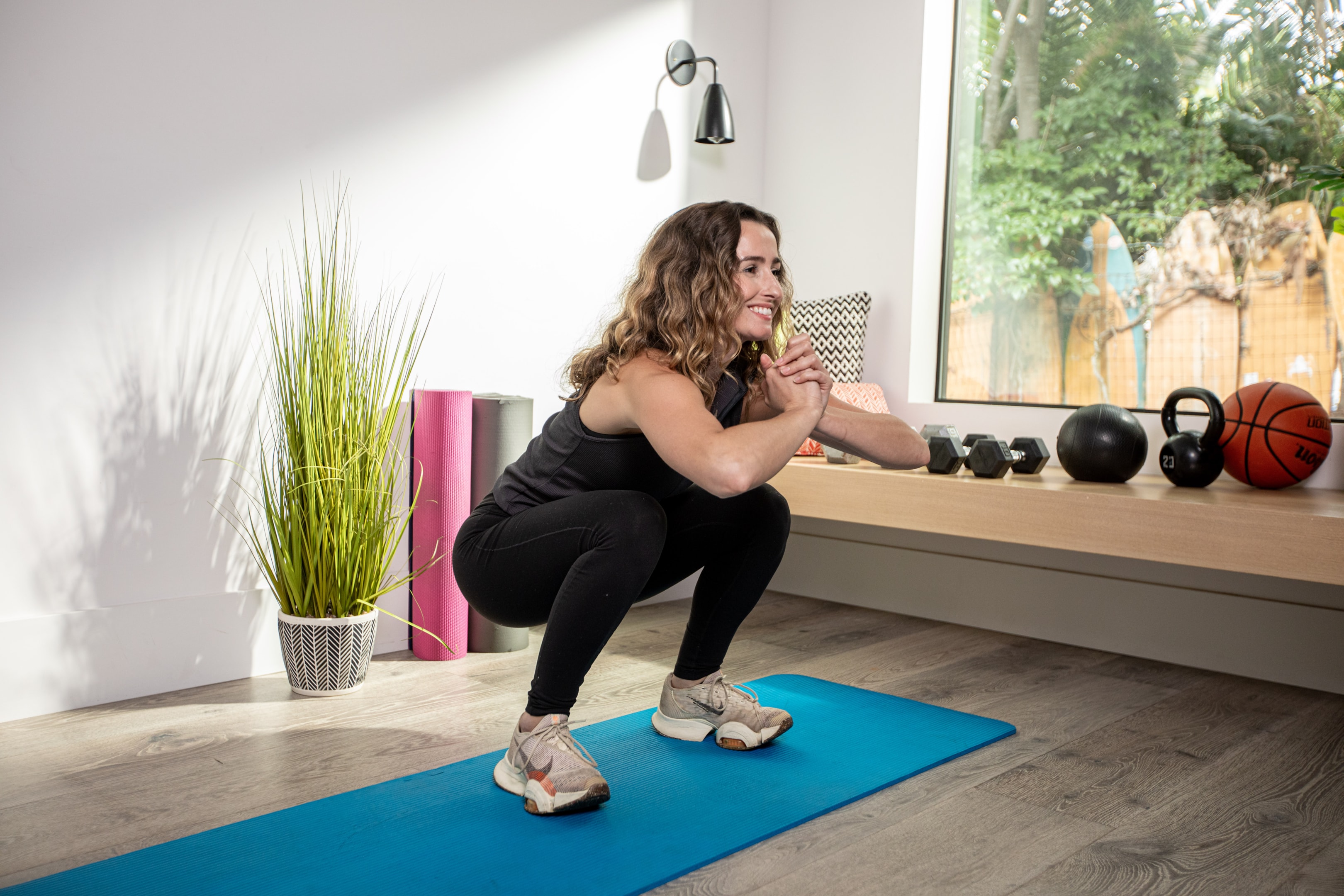
Weight Capacity and Load
Regular squats, particularly the low bar variation, are known for their ability to handle heavier loads. This makes them a preferred choice for powerlifters and those focused on building overall strength. The positioning of the barbell in regular squats allows for greater stability and leverage, enabling lifters to squat with more weight.
Incorporating a back squat, where resistance is added to the shoulders with a barbell, can enhance athletic performance and target specific muscle groups like the glutes and hips while still targeting the quads. On the other hand, slant board squats generally involve lighter weights. The main goal here is to enhance quadriceps activation and work around limited ankle mobility.
While you might not lift as much weight with slant board squats, the increased focus on muscle engagement and depth can offer significant benefits. Thus, your choice between these squat types should align with your fitness goals, whether it’s maximizing load or targeting specific muscles more effectively.
Ankle Mobility Requirements
Ankle mobility is crucial for performing regular squats effectively. Proper ankle dorsiflexion is necessary to maintain balance and achieve the required depth without compromising form.
Individuals with limited ankle mobility might find it challenging to perform regular squats, often leading to compensatory movements that can increase the risk of injury.
These compensatory movements can also cause knee pain, particularly when the knee-over-toe positioning is not optimal. In contrast, slant board squats offer a solution for those with restricted ankle movement.
By elevating the heels, a slant board reduces the mobility demand on the ankles, allowing for deeper squats and better form. This makes slant board squats an excellent option for individuals recovering from injuries or those who struggle with ankle flexibility.
Ultimately, your ankle mobility can significantly influence which squat variation is more suitable for your needs, ensuring you can perform the exercise safely and effectively.
Muscle Focus and Activation
When it comes to muscle focus and activation, slant board squats and regular squats target different primary muscle groups.
Regular squats, especially when performed with a low bar position, extensively engage the posterior chain, including the glutes, hamstrings, lower back, and core muscles. This makes them excellent for overall strength development and functional fitness.
Conversely, slant board squats emphasize the quadriceps more intensely due to the elevated heel position.
Keeping the torso upright during slant board squats is crucial for better quad activation and maintaining balance. This shift in focus can be particularly beneficial for athletes looking to enhance their quad strength or for individuals with lower leg injuries requiring quad rehabilitation.
Additionally, slant boards can help stretch and relieve tight calves, which is a common issue for many people. By understanding these differences in muscle activation, you can better tailor your squat routine to meet your specific fitness goals and address any muscle imbalances or weaknesses.
Benefits of Slant Board Squats
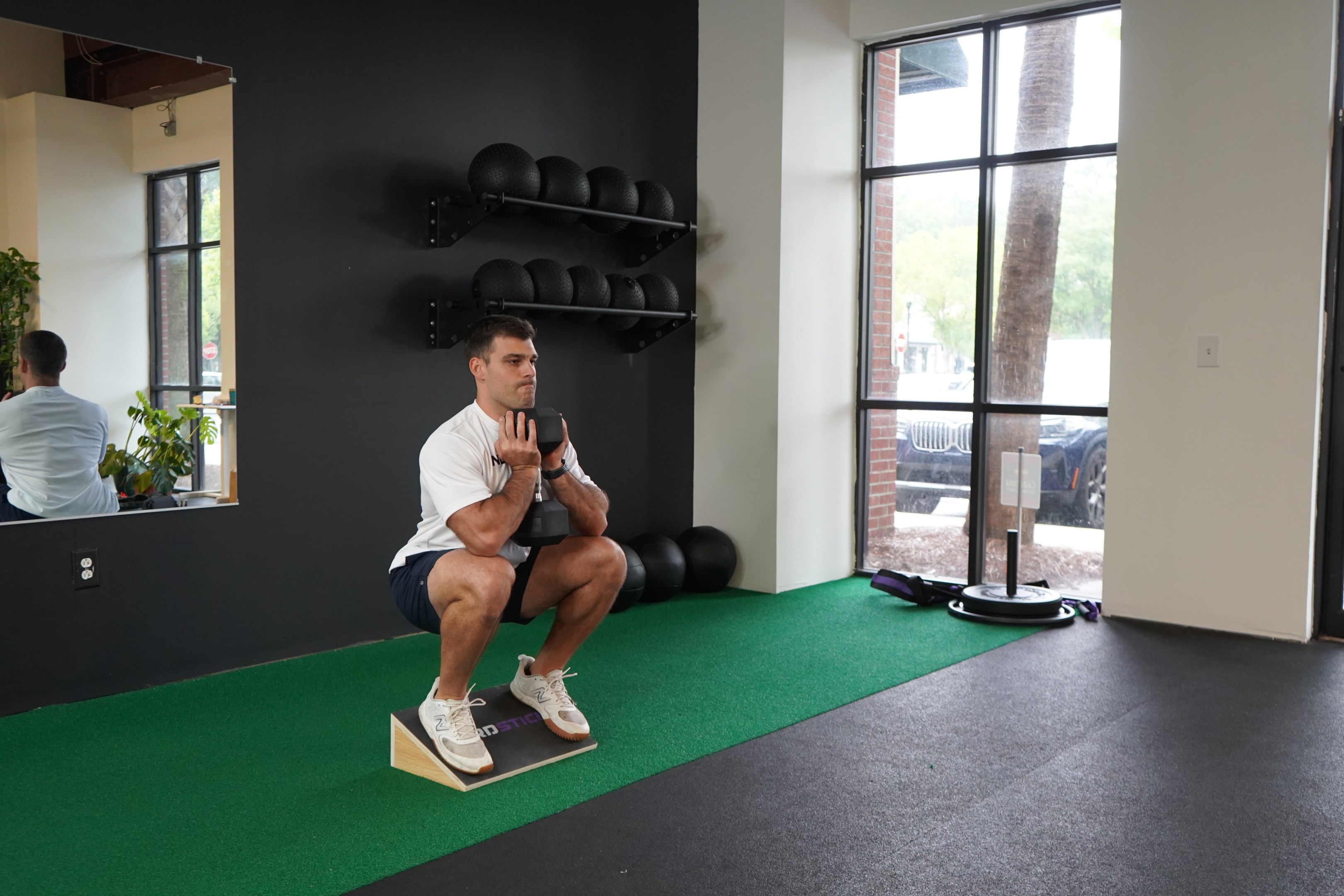
Ideal for Warm-Ups
Slant board squats are particularly effective for warm-ups, setting the stage for a productive workout. Positioning the feet shoulder-width apart is crucial for optimal form during slant board squats.
The elevated heel position allows for a deeper squat, which helps to activate the quadriceps and engage the core more effectively. This can lead to increased muscle activation and better overall performance during your main workout session.
Additionally, using a slant board for warm-ups can aid in stretching tight calf muscles, a common issue that can limit squat depth and affect form.
By incorporating slant board squats into your warm-up routine, you not only prepare your muscles and joints for heavier lifts but also improve your ankle mobility over time. This makes the transition to regular squats smoother and safer, reducing the risk of injury and enhancing overall workout efficiency.
Therefore, slant board squats serve as an excellent warm-up exercise, especially for those with mobility limitations.
Enhanced Quad Engagement
One of the standout benefits of slant board squats is the enhanced engagement of the quadriceps. A proper starting position is crucial for maximizing quad engagement during slant board squats.
The elevated heel position shifts the center of gravity forward, allowing for a more vertical torso and greater knee flexion. This positioning places a higher demand on the quadriceps, making the exercise highly effective for targeting this muscle group.
Enhanced quad activation is not only beneficial for athletes looking to improve their performance but also for anyone aiming to build stronger legs. Additionally, the increased focus on the quads can help in balancing muscle development, especially if your regular squat routine predominantly engages the posterior chain.
By incorporating slant board squats, you can achieve a more balanced and comprehensive lower body workout. This makes slant board squats a valuable addition to any fitness regimen, particularly for those seeking to maximize quad development and address muscle imbalances.
Solution for Poor Ankle Mobility and Knee Pain
Slant board squats offer a practical solution for individuals with poor ankle mobility. Ankle mobility is crucial for achieving proper squat depth and maintaining form, but many people struggle with tightness or limited range of motion in this area.
The elevated heel position provided by a slant board reduces the need for extensive ankle dorsiflexion, allowing you to squat deeper without compromising your form. This makes slant board squats an excellent alternative for those who cannot perform regular squats due to ankle restrictions.
Additionally, consistently using a slant board can help improve ankle flexibility over time, as the varied angles can gently stretch and strengthen the muscles and tendons around the ankle joint.
By incorporating slant board squats into your routine, you can work around mobility limitations while still reaping the benefits of deep squats, ultimately making your workouts more effective and inclusive. Olympic lifting shoes can also help improve squat form by providing additional heel elevation.
Advantages of Regular Squats

Heavier Load Potential
One of the primary advantages of regular squats is their capacity to handle heavier loads. This makes them a cornerstone exercise for strength training and muscle building.
The mechanics of a regular squat, particularly the low bar variation, distribute the weight more effectively across your entire posterior chain, including the glutes, hamstrings, and lower back. This balanced distribution allows for greater stability and leverage, enabling lifters to add more weight to the bar safely.
For powerlifters and those aiming to increase overall body strength, the ability to squat with heavier loads is invaluable. Moreover, lifting heavier weights with regular squats helps stimulate muscle hypertrophy and enhance functional strength, which can translate to improved performance in various physical activities.
Therefore, if your fitness goals include maximizing strength and muscle mass, regular squats provide the optimal advantage in terms of load-bearing capacity.
Additionally, the overhead squat variation can also be used to handle heavier loads while engaging the upper body, including the core, lower back, upper back, shoulders, and arms.
Benefits of Low Bar Squats
Low bar squats offer several distinct advantages, particularly for those focused on building maximum strength. By positioning the barbell lower on the back, just above the rear deltoids, the exercise shifts the center of gravity backward.
This adjustment allows for greater engagement of the posterior chain, including the glutes, hamstrings, and lower back. The altered mechanics also reduce the stress on the knees, making low-bar squats a suitable option for individuals with knee issues.
Additionally, the increased stability and leverage enable lifters to handle heavier weights, which is essential for strength gains and muscle hypertrophy. Another benefit is the improved balance and core activation required to maintain the barbell's position, enhancing overall functional strength.
Therefore, low bar squats are ideal for those looking to optimize their lifting capacity and achieve a well-rounded lower body workout, making them a fundamental component of any strength training regimen.
Good Mobility Requirements
Regular squats, especially those performed with a low bar position, require good mobility in key areas such as the ankles, hips, and shoulders. Proper ankle dorsiflexion is critical to achieving the necessary depth and maintaining balance throughout the squat.
Hip mobility allows for a greater range of motion, enabling you to squat deeper and engage more muscle groups effectively. Shoulder flexibility is also essential for maintaining a stable and comfortable barbell position.
While these mobility requirements might pose a challenge for some, they offer an opportunity to improve overall flexibility and joint health. Regularly performing squats can enhance your mobility over time, contributing to better movement patterns and reducing injury risk in daily activities and other forms of exercise.
Thus, if you possess good overall mobility, regular squats can be an excellent way to build strength while also promoting long-term joint health and functional fitness. Maintaining an upright torso during squats is crucial for proper form and muscle engagement, helping to target the glutes and inner thighs while reducing lower back strain.
Conclusion
Choosing between slant board squats and regular squats depends largely on your fitness goals, mobility, and muscle focus.
Regular squats are ideal for those who aim to lift heavier weights and benefit from good ankle and hip mobility. They offer comprehensive strength development and are particularly beneficial for engaging the posterior chain.
On the other hand, slant board squats are excellent for individuals with limited ankle mobility, targeting the quadriceps more intensely and providing a practical warm-up exercise.
Both squat variations have their unique advantages and can be incorporated into a balanced workout regimen. By understanding the specific benefits and requirements of each type, you can tailor your squat routine to better align with your personal fitness objectives, ensuring a more effective and enjoyable exercise experience.



































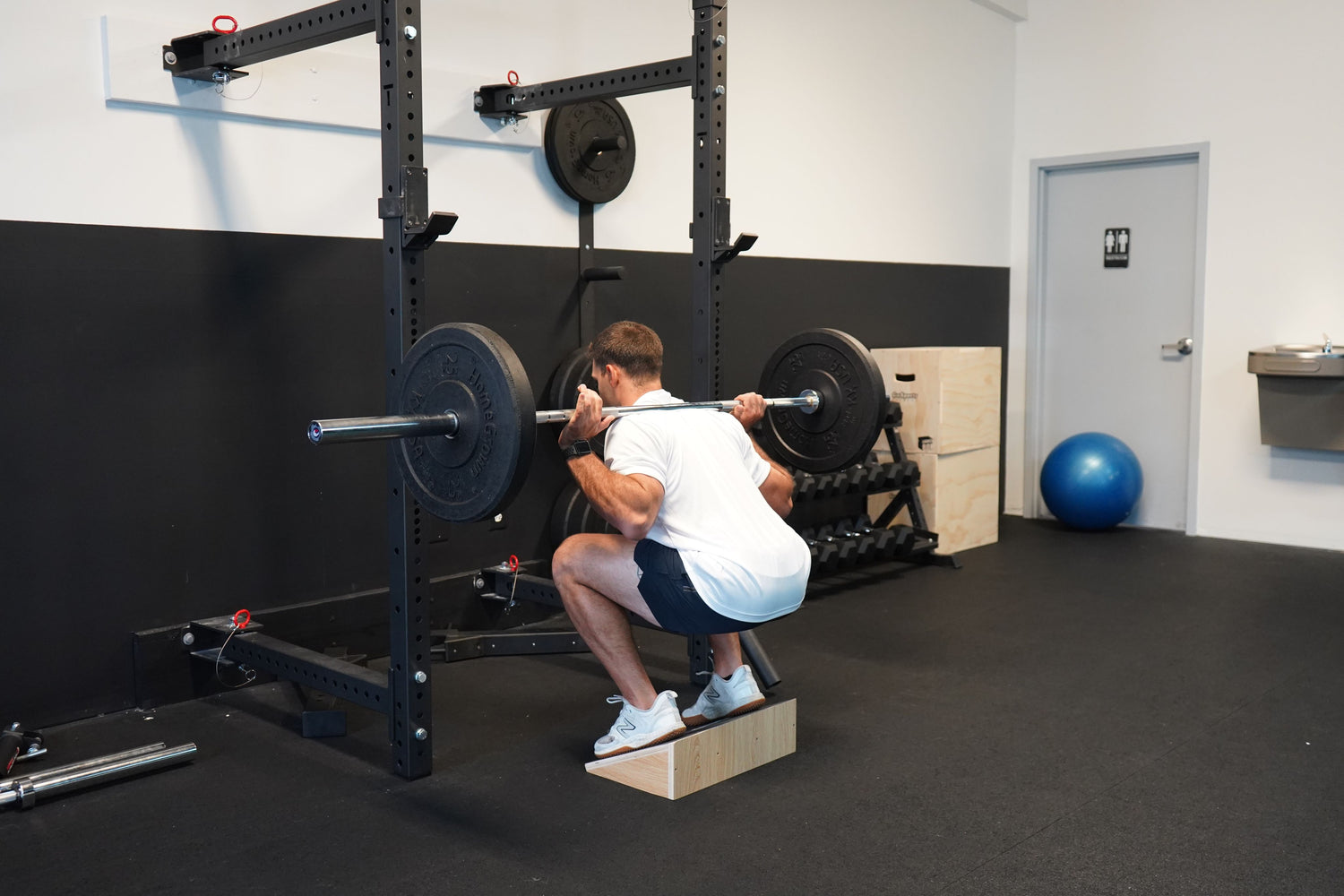
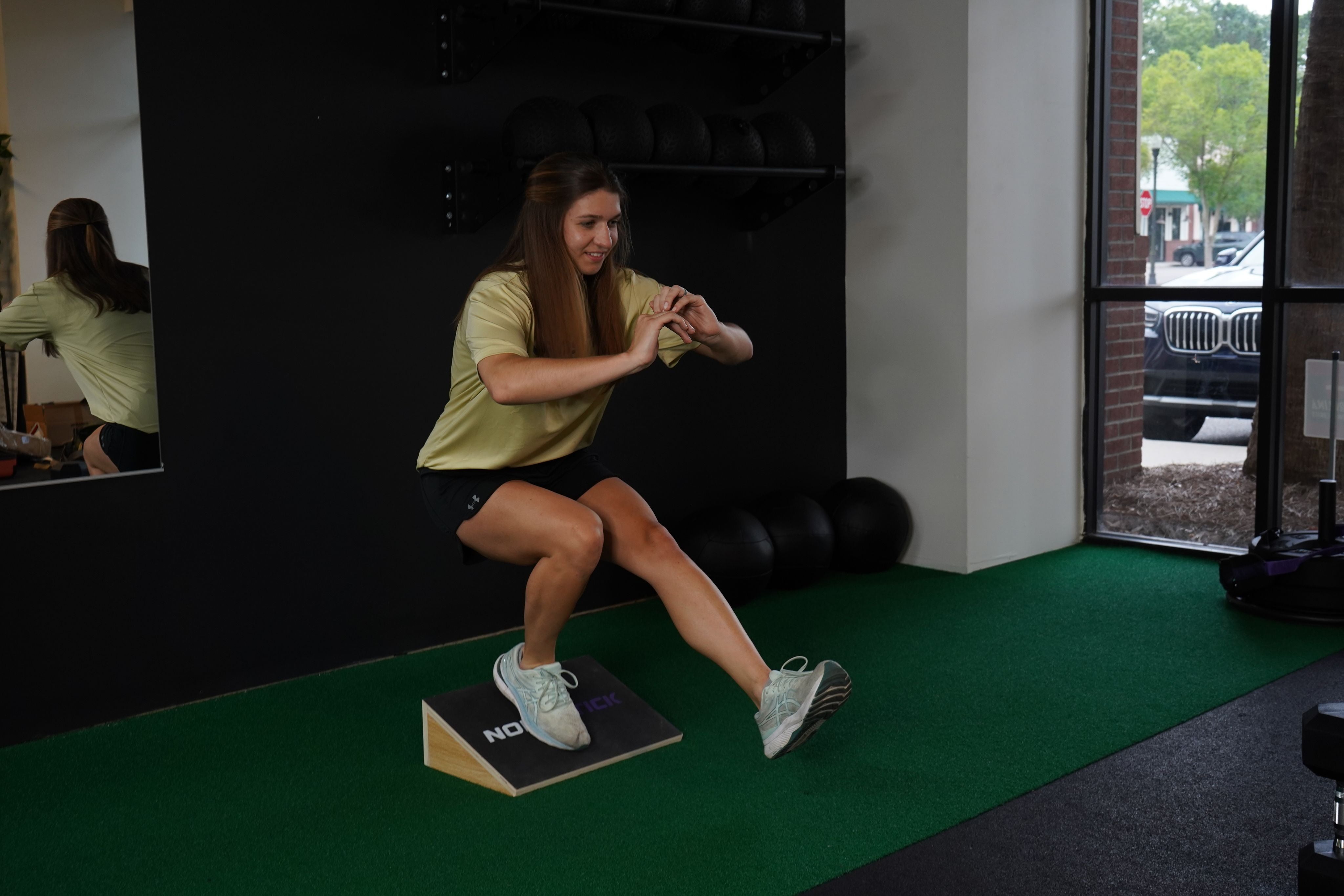
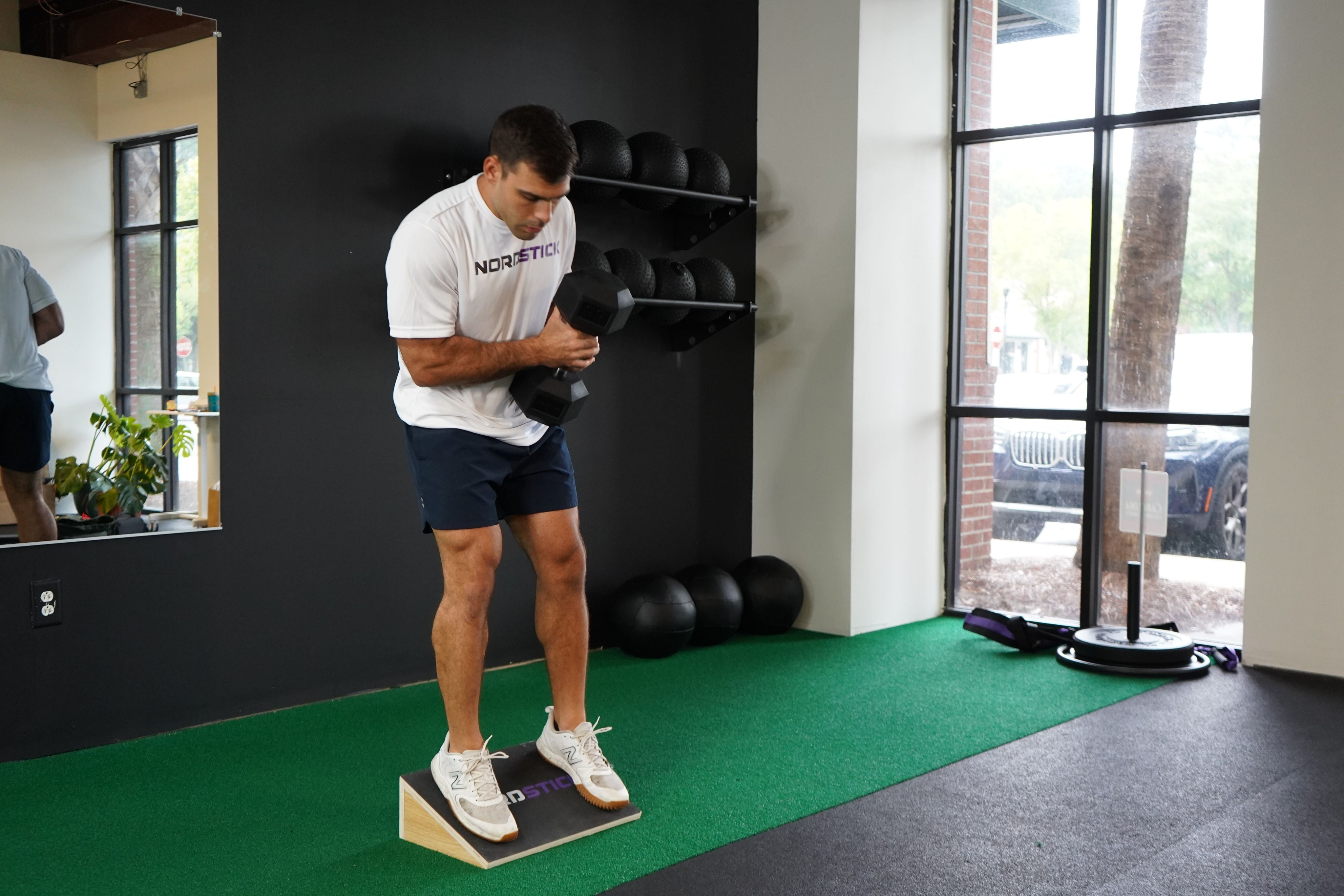



Leave a comment
This site is protected by hCaptcha and the hCaptcha Privacy Policy and Terms of Service apply.